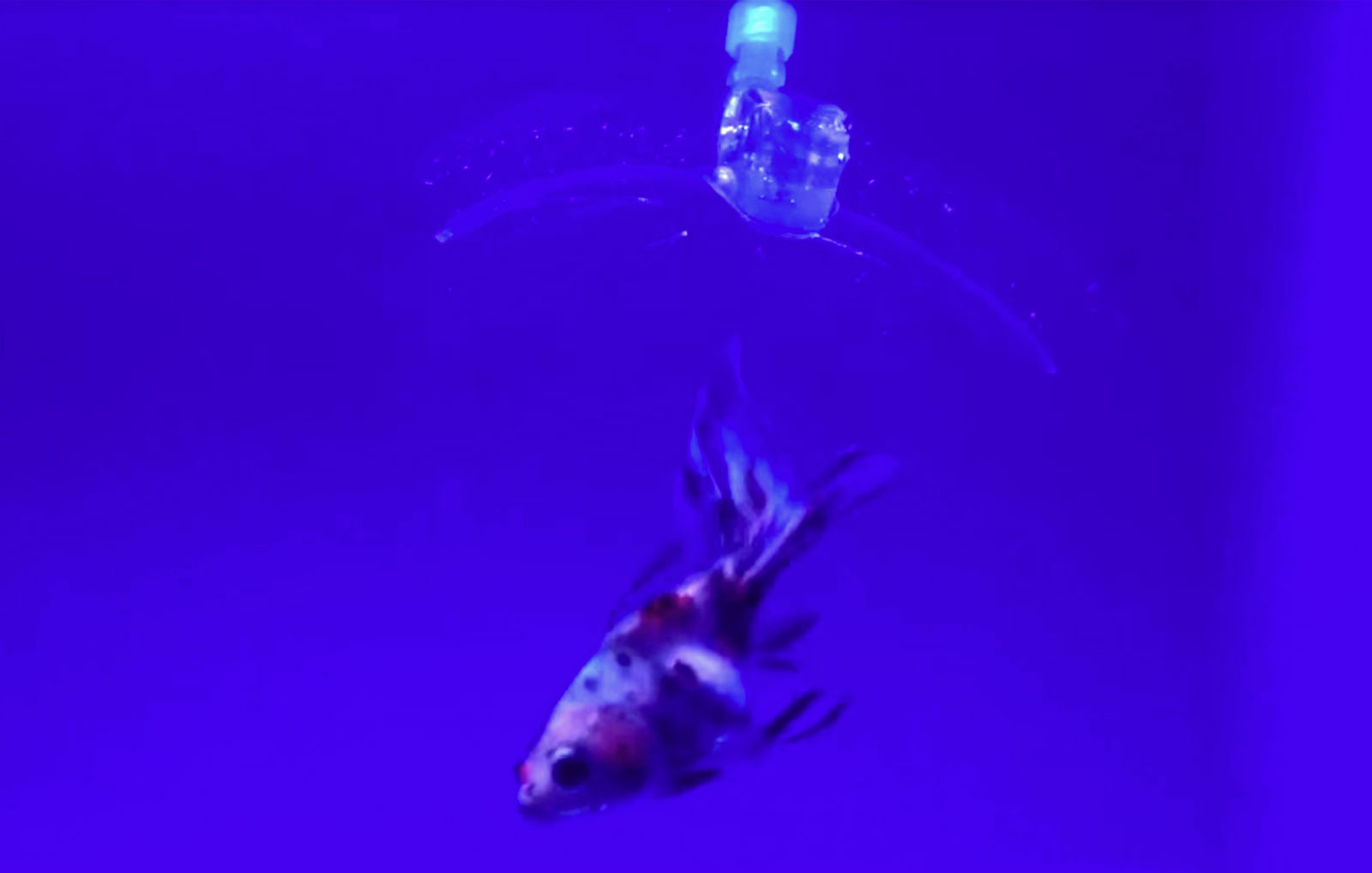
Scientists have toyed with printing ear implants for ages, but they've usually been more cosmetic than functional. Princeton has just developed a bionic ear that could transcend those mere replacements to offer a full-on upgrade. Rather than seed hydrogel with cells and call it a day, the researchers 3D printed a blend of calf cells, hydrogel and an integrated, coiled antenna made from silver nanoparticles. The frankly spooky project doesn't resemble a natural ear all that closely, but it merges organic and synthetic more gracefully than inserting a chip into an existing implant. It can also expand hearing beyond normal human levels: the experimental version picks up radio waves, for example. Although the ear is just the first step on a long path toward natural-feeling bionics, it already has us wondering if we'll be actively seeking out replacement body parts in the future... not that we're about to go all Van Gogh to get them.
Filed under: Wearables, Science, Alt
Comments
Via: Phys.org
Source: Nano Letters
 Most robot limbs aren't exactly kind to the organic world given all that unforgiving metal, and even rubber-based soft robots aren't very gentle. However, MIT has a better way. It recently built a hydrogel-based soft robot hand that's bio-friendly wh...
Most robot limbs aren't exactly kind to the organic world given all that unforgiving metal, and even rubber-based soft robots aren't very gentle. However, MIT has a better way. It recently built a hydrogel-based soft robot hand that's bio-friendly wh...
 Most robot limbs aren't exactly kind to the organic world given all that unforgiving metal, and even rubber-based soft robots aren't very gentle. However, MIT has a better way. It recently built a hydrogel-based soft robot hand that's bio-friendly wh...
Most robot limbs aren't exactly kind to the organic world given all that unforgiving metal, and even rubber-based soft robots aren't very gentle. However, MIT has a better way. It recently built a hydrogel-based soft robot hand that's bio-friendly wh...

 Today on In Case You Missed It: Researchers at the University of California, Berkeley discovered that an insect called the caddisfly spins strong, stretchy silk that works like a biological sticky tape. The caddisfly uses it to attach stones to its...
Today on In Case You Missed It: Researchers at the University of California, Berkeley discovered that an insect called the caddisfly spins strong, stretchy silk that works like a biological sticky tape. The caddisfly uses it to attach stones to its...
 You may have seen some pretty unusual ways to make artificial organs, but Vanderbilt University might have just topped them all. Its researchers have developed a technique for making the templates of artificial organs using a cotton candy machine --...
You may have seen some pretty unusual ways to make artificial organs, but Vanderbilt University might have just topped them all. Its researchers have developed a technique for making the templates of artificial organs using a cotton candy machine --...


